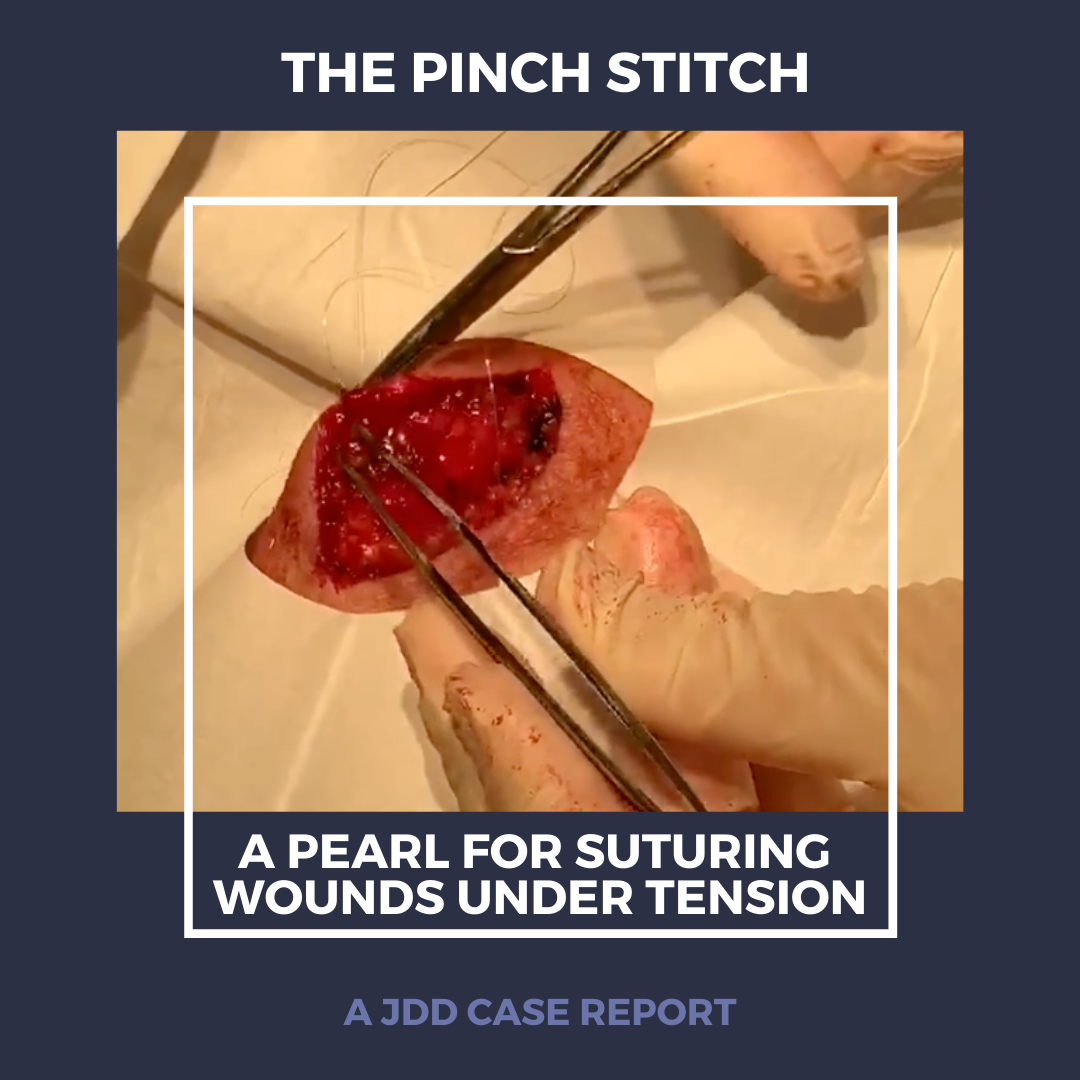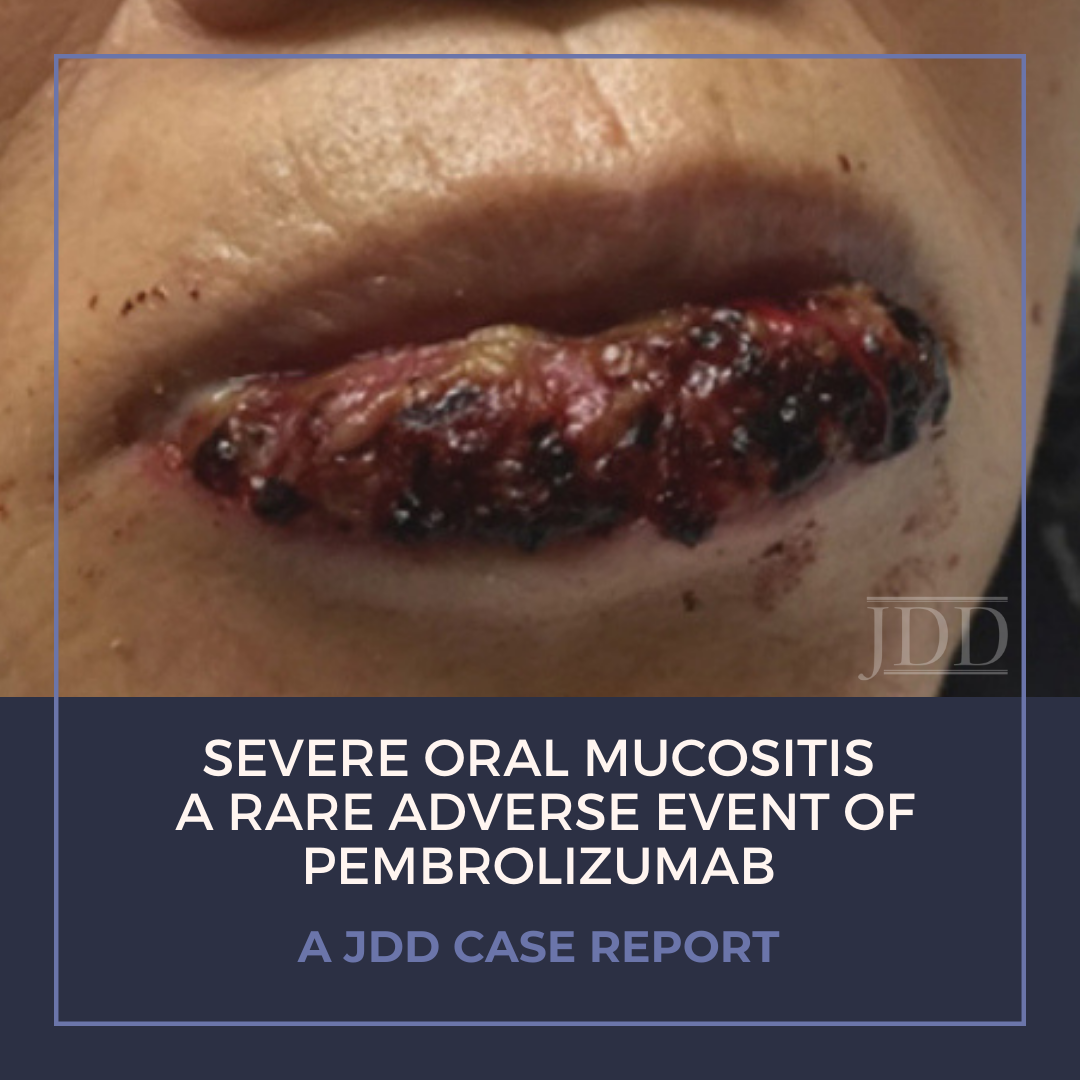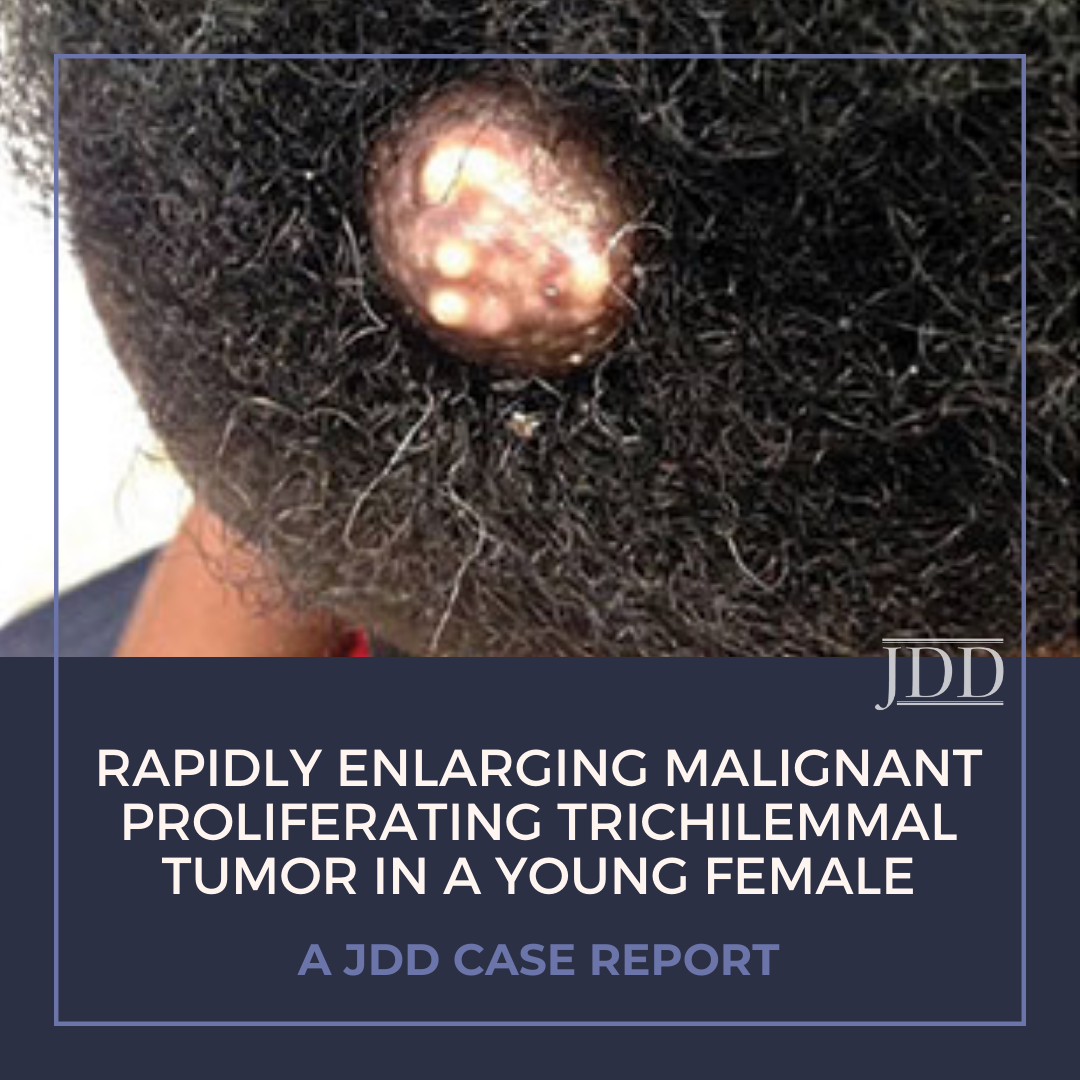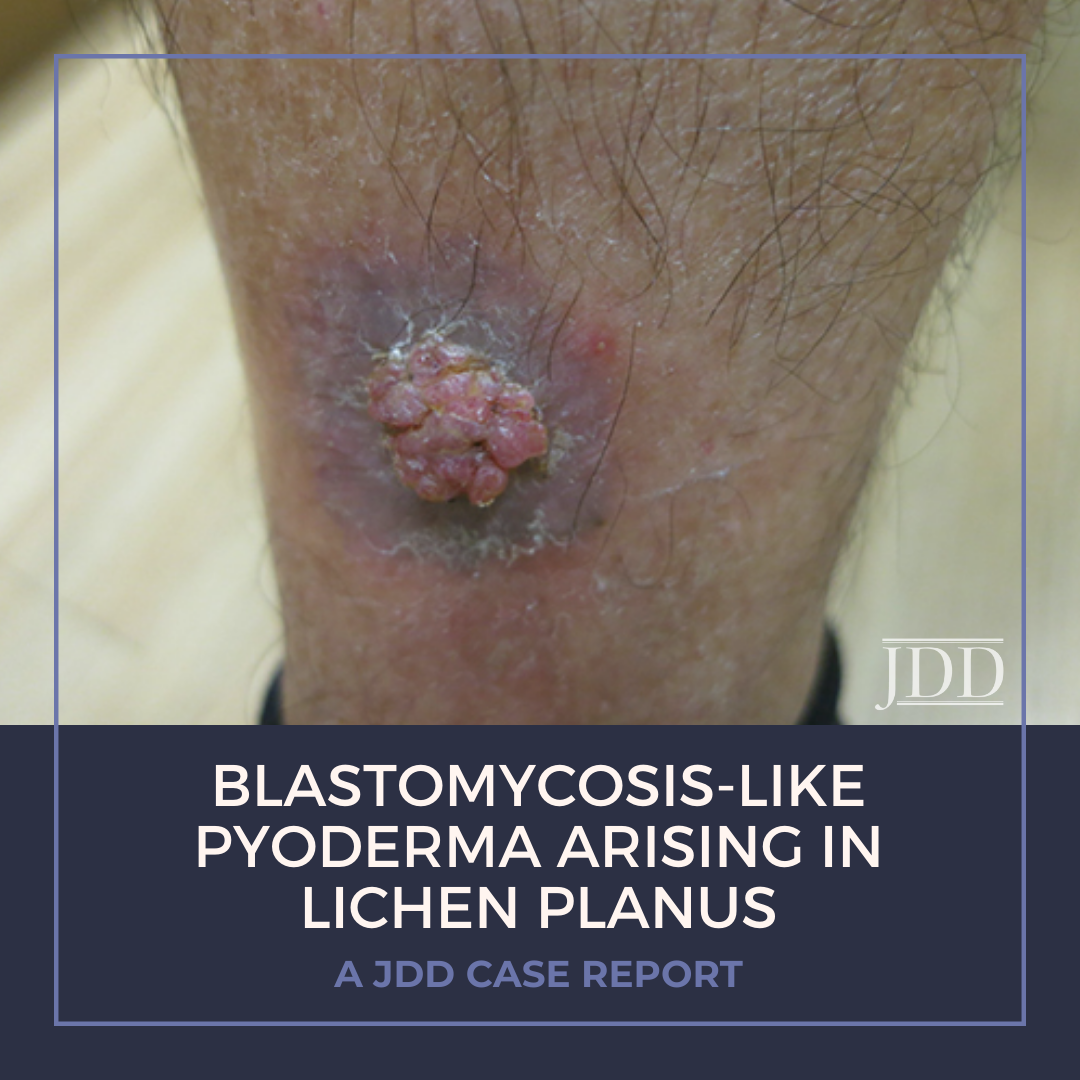Tranexamic Acid to Prevent and Treat Post-Inflammatory Hyperpigmentation
 ABSTRACT
The risk of post-inflammatory hyperpigmentation (PIH) in patients undergoing dermatologic procedures is well known. It is especially common after laser procedures and chemical peels but can be seen with any procedure. PIH is also a sequela of acne, burns, and other trauma. High-risk patients are thought to have excessive production and abnormal distribution of melanin within the skin tha …
ABSTRACT
The risk of post-inflammatory hyperpigmentation (PIH) in patients undergoing dermatologic procedures is well known. It is especially common after laser procedures and chemical peels but can be seen with any procedure. PIH is also a sequela of acne, burns, and other trauma. High-risk patients are thought to have excessive production and abnormal distribution of melanin within the skin tha …
 ABSTRACT
The risk of post-inflammatory hyperpigmentation (PIH) in patients undergoing dermatologic procedures is well known. It is especially common after laser procedures and chemical peels but can be seen with any procedure. PIH is also a sequela of acne, burns, and other trauma. High-risk patients are thought to have excessive production and abnormal distribution of melanin within the skin tha …
ABSTRACT
The risk of post-inflammatory hyperpigmentation (PIH) in patients undergoing dermatologic procedures is well known. It is especially common after laser procedures and chemical peels but can be seen with any procedure. PIH is also a sequela of acne, burns, and other trauma. High-risk patients are thought to have excessive production and abnormal distribution of melanin within the skin tha … Continue reading "Tranexamic Acid to Prevent and Treat Post-Inflammatory Hyperpigmentation"


 Closing defects under tension in areas such as the scalp and back may be challenging during dermatologic surgery. Different techniques have been advocated to ease the placement of the first deep suture under tension, including the slip-knot stitch, pully stitch, horizontal mattress suture, pulley set-back dermal suture, and tandem pulley stitch.
INTRODUCTION
Closing defects under tension in …
Closing defects under tension in areas such as the scalp and back may be challenging during dermatologic surgery. Different techniques have been advocated to ease the placement of the first deep suture under tension, including the slip-knot stitch, pully stitch, horizontal mattress suture, pulley set-back dermal suture, and tandem pulley stitch.
INTRODUCTION
Closing defects under tension in …  Treatment of malignancy with anti-programmed cell death 1 (PD-1) immune checkpoint inhibitors can cause mucocutaneous side effects resulting from T cell activation. Due to their recent development, the full side effect profile remains to be fully elucidated, however dermatologic adverse events are most common. The main oral toxicities of these immune checkpoint inhibitors include: xerostomia, dysg …
Treatment of malignancy with anti-programmed cell death 1 (PD-1) immune checkpoint inhibitors can cause mucocutaneous side effects resulting from T cell activation. Due to their recent development, the full side effect profile remains to be fully elucidated, however dermatologic adverse events are most common. The main oral toxicities of these immune checkpoint inhibitors include: xerostomia, dysg …  Malignant proliferating trichilemmal tumors are rare adnexal neoplasms that most commonly occur on the scalp in elderly women. These tumors are associated with recurrence and even nodal or distant metastatic spread. Here, JDD authors describe a 38-year-old patient who presented with a scalp nodule that was diagnosed as a high-grade malignant proliferating trichilemmal tumor.
Introduction
Th …
Malignant proliferating trichilemmal tumors are rare adnexal neoplasms that most commonly occur on the scalp in elderly women. These tumors are associated with recurrence and even nodal or distant metastatic spread. Here, JDD authors describe a 38-year-old patient who presented with a scalp nodule that was diagnosed as a high-grade malignant proliferating trichilemmal tumor.
Introduction
Th …  CASE REPORT
A 71-year-old Fitzpatrick phototype IV man with a history of hyperlipidemia and extensive travel to the Middle East presented with a mildly painful vegetative growth on his right lower leg for 1.5 months (Figure 1). In 2014, the patient reported a pruritic “rash” in the same location, which was treated with fluocinonide .05% ointment with resolution.
[caption id="attachment …
CASE REPORT
A 71-year-old Fitzpatrick phototype IV man with a history of hyperlipidemia and extensive travel to the Middle East presented with a mildly painful vegetative growth on his right lower leg for 1.5 months (Figure 1). In 2014, the patient reported a pruritic “rash” in the same location, which was treated with fluocinonide .05% ointment with resolution.
[caption id="attachment …